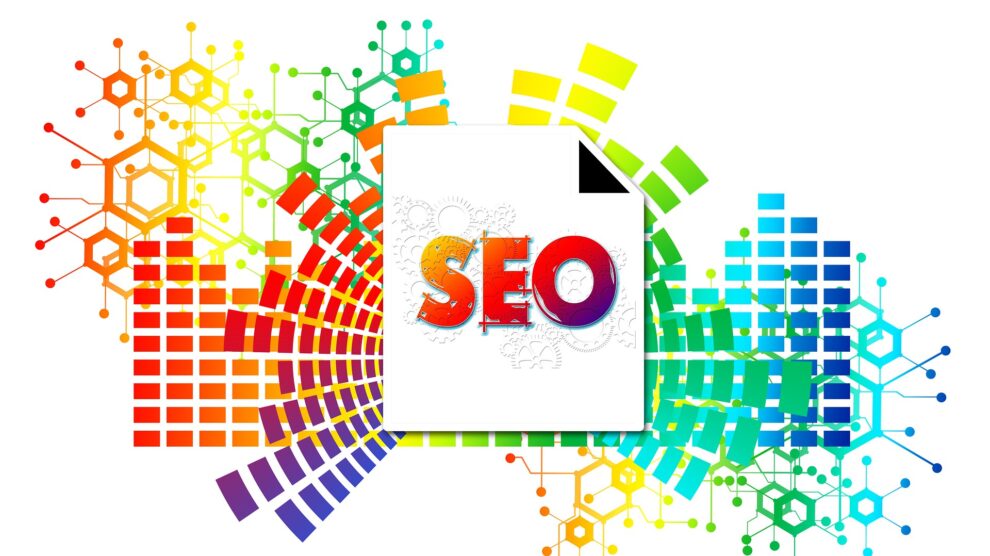In the past few years, there has been a lot of talk about SEO moving from a keyword-focused approach to a content-focused one. I know this because I did a lot of talking and writing on this topic too.
We already know that keyword-stuffed blog posts don’t work anymore. Google knows it too. Remember the “O” in “SEO”? It stands for optimization and, in my view, it should never be about optimizing for search engines alone.
Traffic with no purchases made or leads generated is meaningless. This is why optimization should also refer to the fit between your content and your user’s intentions.
User intent is a finicky mistress, though. On the one hand, it allows us a glimpse into the users’ needs. On the other, it changes constantly (and Google updates don’t help!) and we need to rethink our strategy.
Google BERT now applies to almost all the queries. In short, it’s an AI engine based on natural language processing that helps understand the intent of each query. Of course, the nitty-gritty is far more complex.
But we don’t need that to understand the basics of intent.
Intent Categories and How to Apply them to Your SEO Content Strategy
Traditionally, we have four big types of intent that can be correlated with SEO:
1. Informational Intent
The user wants to learn something. Their queries will start with: what is, how to, why, when, who. These words don’t have to appear in the query. For instance, these two queries depict the same intent:
- Who was the US president in 1978
- US president in 1978
“Who” is implied, not spelled out in the second one.
For this type of intent, your best bet are long-form, in-depth posts, formatted in a way that gives you a shot at the coveted Google answer box. They are ideal if you’re trying to educate users on your industry or your products, so they apply perfectly to innovative niches.
Keep in mind:
- Define every term you introduce and make it obvious. For example, your H2 should say: “What is a VPN?” Immediately after the H2, start with a properly formatted definition: “A VPN is…”
- Use bullet points for list articles (Top 10, X ways to do something, and so on).
- Add a clickable table of contents for long-form posts to signal search engines that your article is comprehensive and to make it easier to skim through.
2. Transactional Intent
When you want to sell something quickly, this is the user that you should write for. Transactional intent shows that the user is ready to buy; they’re practically waving a wad of cash at you.
You can spot transactional intent easily. The queries are along these lines: “Nike Air best price”, “fix sink fee”, “order MacBook pro”.
To leverage this to your advantage:
- Use words like order, price, discount, fee on your product or sales pages.
- If you write about pricing in your blog posts that rank well, make sure to add visible links and CTAs to the sales/product pages. You don’t want to deter a user who’s ready to buy with lengthy articles that don’t really sell what they’re looking for.
3. Navigational Intent
Also known as the lazy search. Users know exactly the page they want to be on. It’s just easier to type in the name in the search bar instead of the navigational bar.
Queries like: Facebook, Apple, Amazon are clear. In the majority of cases, they don’t want to learn about the companies they are searching for, they just want to get to the website.
There isn’t much you can do here, except for:
- Make sure you rank organically for the name of your company. It’s quite a bad sign if your competitors do.
- Want to steal the show from your competitors? Create a comparison page between your product/service and theirs. Get backlinks to it and write enough to get it to rank higher than the competitors’ page. It’s a common practice in SaaS, for instance. If ranking this page organically doesn’t work (it’s VERY hard to make it work), you can always invest in PPC ads to show your website as an alternative to the competitors’ services/products users are looking for.
4. Local Intent
Local intent means that the user is looking for something nearby. It can be a supermarket, a coffee shop, a plumbing service, or even a local institution like the city hall. Sometimes, the queries that depict local intent will have a location included, but other times the users will only rely on geo-tracking to get the right results.
How can you leverage this to your advantage?
- If you have a local service, make sure to mention this on all your pages and in blog posts, where applicable. For instance, if you run a plumbing company, you can write exhaustively on how the climate in your area or other local factors influence plumbing issues.
- Make sure that your contact page has the full address and a map.
- Frequently update your Google My Business page and keep your contact information up to date.
- One important aspect that’s often overlooked: make sure that your address is spelled the exact same way across all the platforms that you use: your own website, social media profiles, Yelp, and others.
Wrapping Things Up
Ever had a page rank in the top 10 organic positions, drive a lot of traffic but no sales or conversions of any kind? That’s most likely because your content was not aligned with user intent.
Every time you come up with a new blog post title or a new keyword, ask yourself about the intent of the person typing this in the search bar. Do they need information? Directions? A definition? Are they ready to buy?
Then adapt your content to this intent. Not all pieces of content are designed to sell directly – that’s an unrealistic expectation. But they should all be designed to push the user further through your sales funnel.
Need help with SEO content that matches user intent and your business goals? My team of expert writers and strategists is just a click away. Let’s talk!





